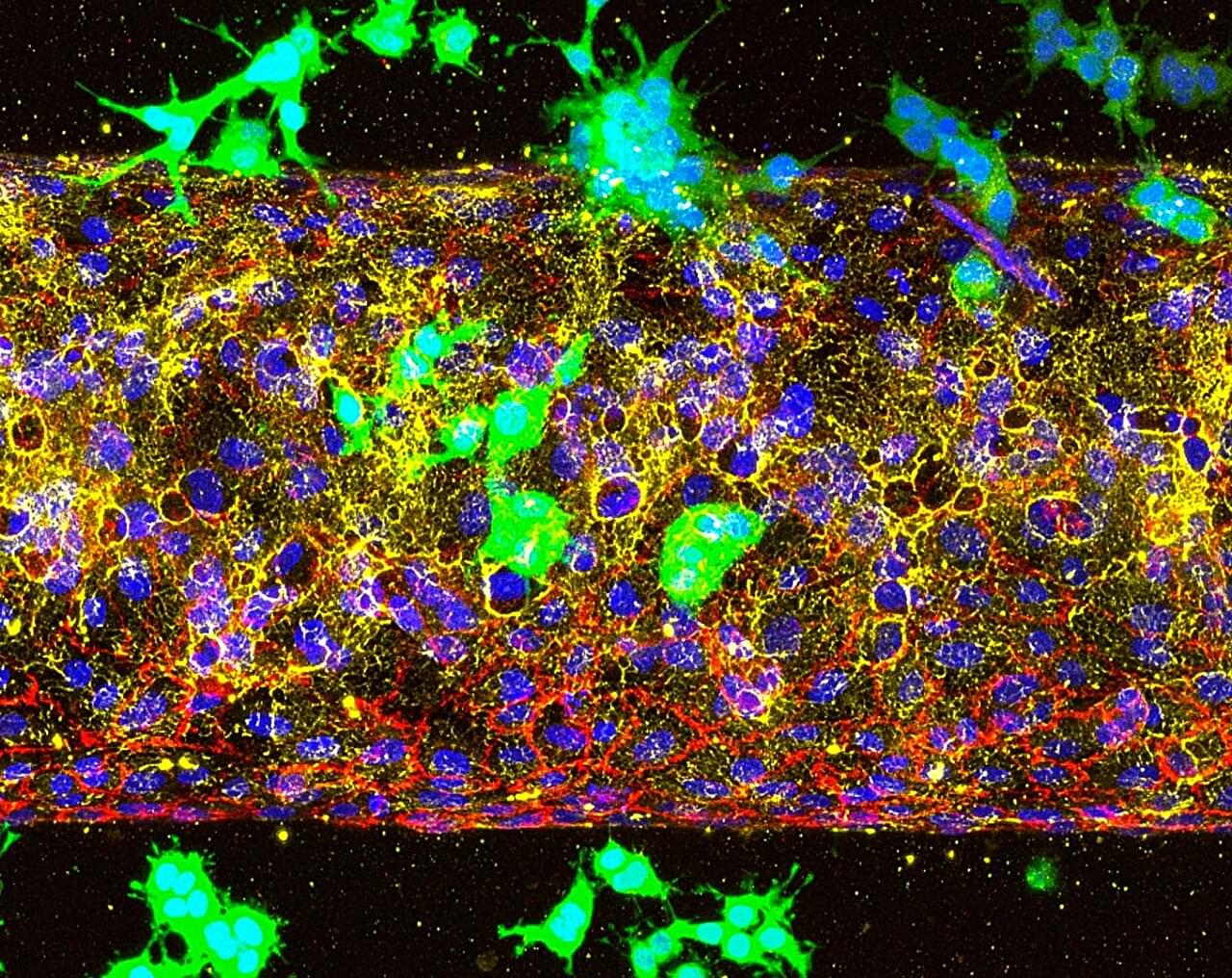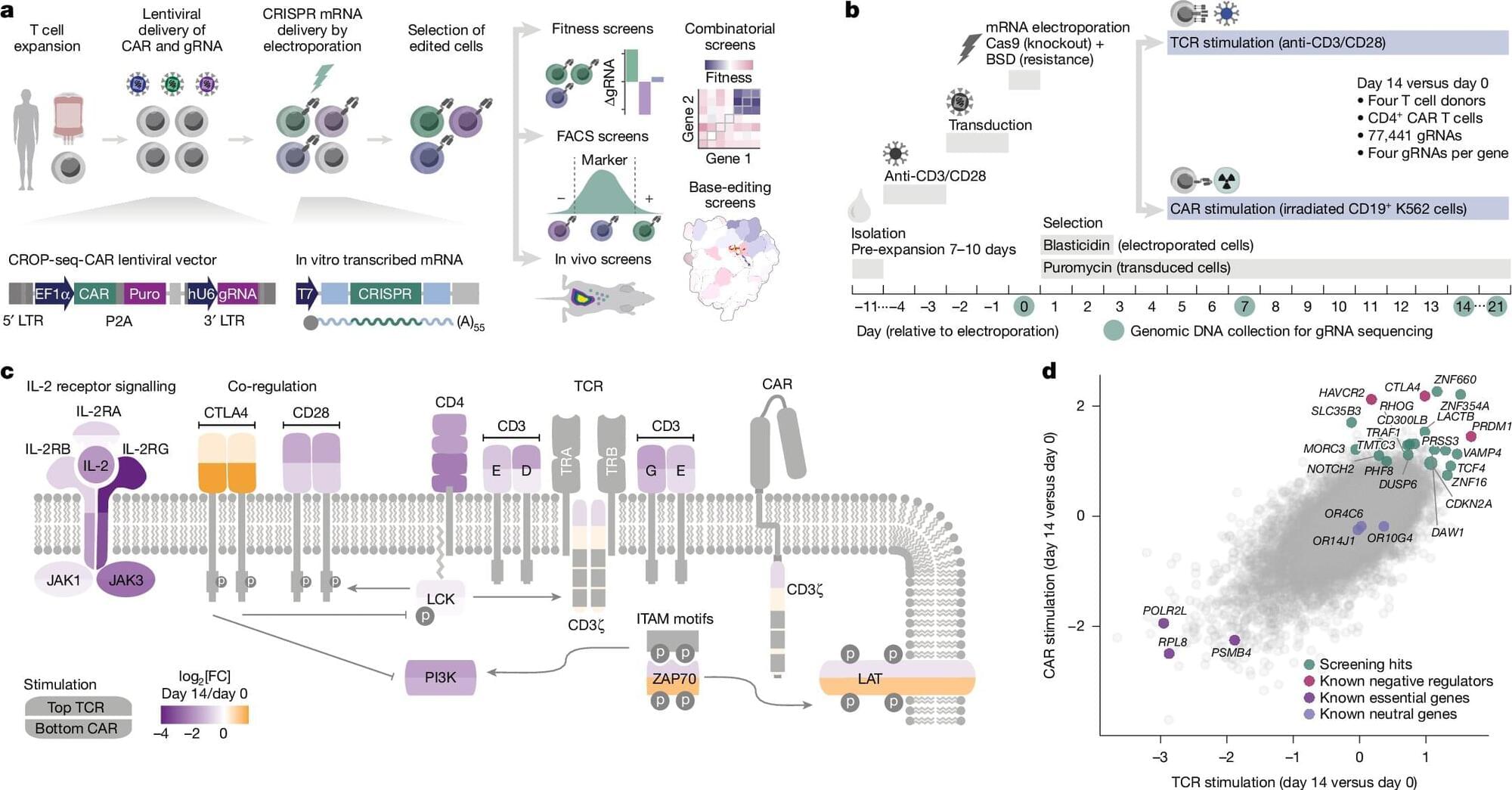“By playing with the two components (metal and imidazole), you can change the efficiency of absorbing the light and the chemistry of the following reactions. And that opens us up to creating new metal-organic pairings,” Tsapatsis said. “The exciting thing is there are at least 10 different metals that can be used for this chemistry, and hundreds of organics.”
Looking Ahead to Next-Gen Manufacturing
The researchers have started experimenting with different combinations to create pairings specifically for B-EUV radiation, which they say will likely be used in manufacturing in the next 10 years.









